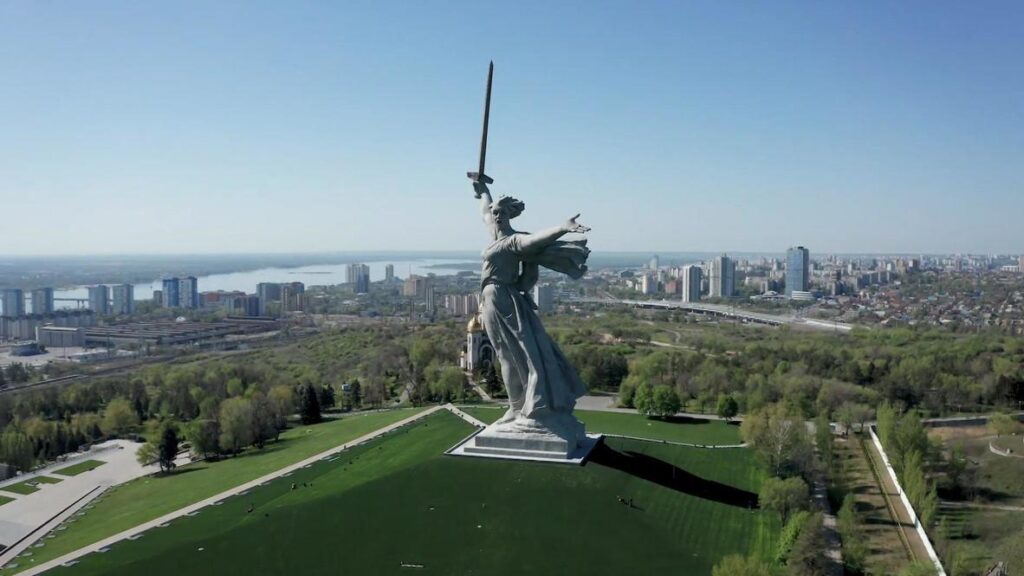Statues from Around the World:- Have you ever been amazed by a stunning and majestic statue? Statues are powerful symbols representing culture, art, history and more – they often capture the essence of cities or pay homage to an important figure from history. Statues play an integral part in any country’s landscape, often serving as reminders or paying respects to historical figures who deserve their own tributes.
From the Statue of Liberty to the Great Sphinx of Giza, some of the world’s most iconic statues are recognized worldwide. Here we take a look at 10 iconic statues that you should explore when given the opportunity.
Statues From Around The World:-
1. Statue Of Liberty, New York City
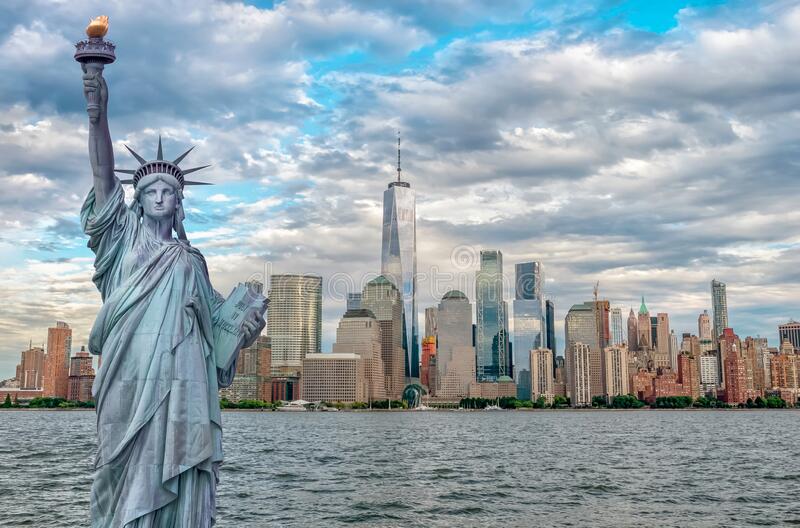
The Statue of Liberty is one of New York City’s most beloved landmarks, welcoming visitors since 1886 as a gift from France. Standing 93 meters (305 feet), Libertas the Roman goddess of freedom serves as the statue’s statuette; she holds both torch and book in each hand and offers hope and freedom for many around the globe – approximately 3 million visitors visit annually!
The Statue of Liberty was designed and constructed by French sculptor Frederic Auguste Bartholdi and engineer Gustave Eiffel, with initial plans being drawn up as far back as 1865 by France as a token of their thanks for America’s assistance during their revolution. Construction started in 1875 and completed 1884 before assembly on-site in New York before it officially opening to the public in 1886 – quickly becoming an American icon.
2. Christ The Redeemer, Rio De Janeiro
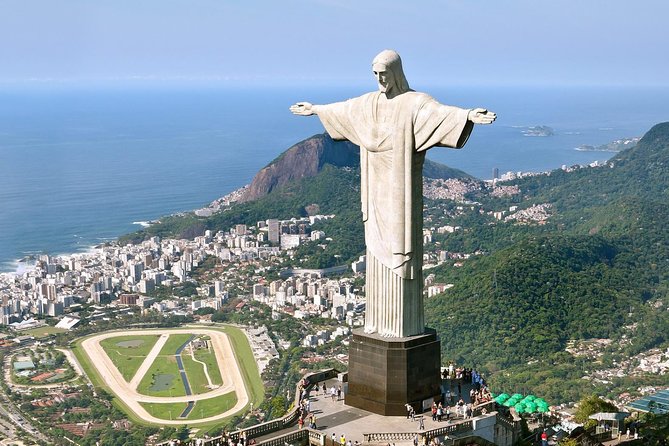
Christ the Redeemer stands atop Rio de Janeiro, Brazil’s Corcovado Mountain and should definitely be visited. Measuring 38 meters (125 feet), this iconic landmark was designed by Brazilian architect Heitor da Silva Costa between 1922-1931 as part of commemorating 100 years since independence – serving as an icon of Brazilian Christianity with reinforced concrete arms made out of soapstone.
Christ the Redeemer was constructed using an intricate system of lifts and cranes on Corcovado Mountain, using 2,300 feet of steel and 7,000 tons of iron that were painted using more than 90,000 gallons of paint; total cost: $57 Million Brazilian Reals. Christ the Redeemer is one of Brazil’s top tourist attractions with around 2 million visits per year; also featured prominently on Brazilian currency as a global symbol for Brazilian culture.
3. The Thinker, Paris
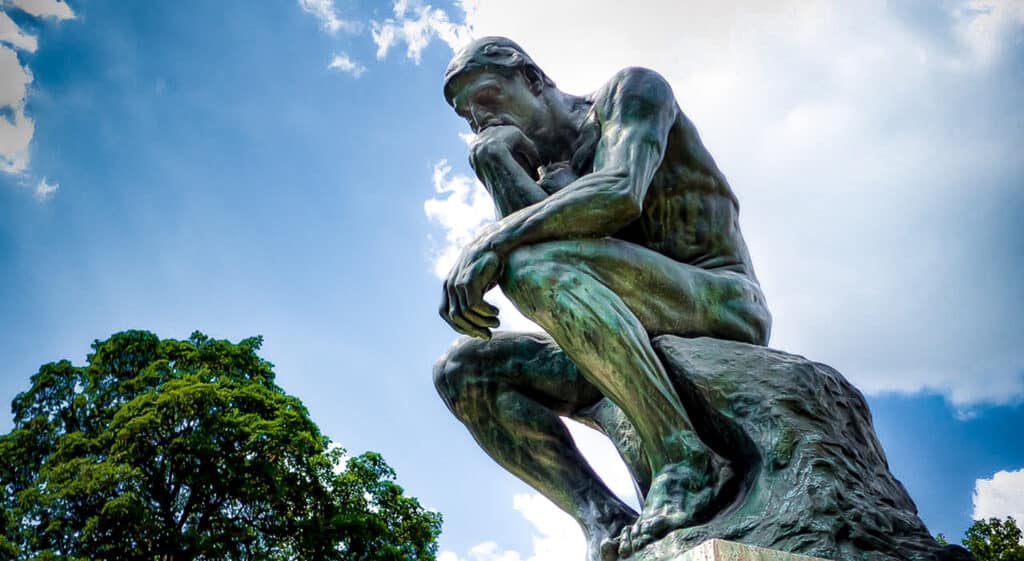
The iconic statue of The Thinker can be found seated atop a rock in the gardens of Paris’ Musee du Louvre museum, created by French sculptor Auguste Rodin in 1902. Representing introspection, Rodin created his bronze figure of The Thinker to represent an individual contemplating their surroundings and reflecting. These versions can also be found around the world; such as Rio de Janeiro in Brazil or Oklahoma City USA where The Thinker also can be seen regularly by over one million visitors each year to visit Paris where people flock to see him!
Rodin designed The Thinker after being commissioned to create a monumental door for a Philosophical Society in Paris. Rodin created multiple figures, including this Thinker statue, that represented various concepts or embodied them directly – one being “creativity itself”. Unfortunately, its original bronze statue in Paris was vandalized in 1911 and taken off display; other copies cast after Rodin had passed were never completed either.
4. David, Florence
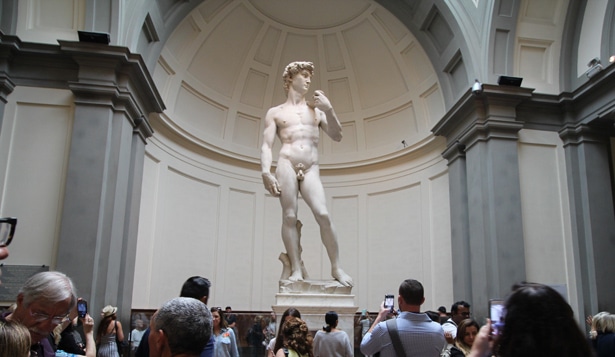
David Statue in Florence is one of Italy’s iconic landmarks and an absolute must-see. Made by Michelangelo in 1504, the David Statue stands as an iconic representation of Biblical hero David, depicted here with sword drawn and ready for battle. Once complete, it stood in Piazza della Signoria near Arno River where it represented Florentine strength and identity as it represents Florentine republicanism and strength.
This marble statue took five years to craft from a single block of marble, initially commissioned by Florence guilds in 1416 but not completed for 34 years after. Michelangelo originally agreed with this idea but changed it instead into an artistic statement of Florentine strength and power that represented Florentine strength and power as well as artistic excellence – this artwork represents Renaissance art from 14th-17th centuries.
5. Sendai Daikannon, Japan
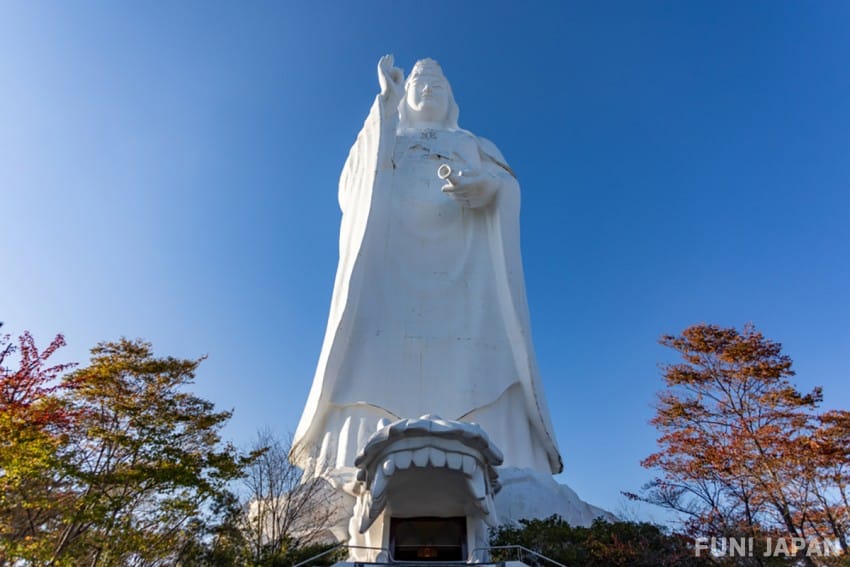
The Sendai Daikannon or “Great Buddha” of Sendai is an enormous bronze statue located in Tohoku region on Honshu Island of Japan. Standing at an estimated 108 meters (354 feet), it stands as one of the tallest bronze statues worldwide and can be seen from virtually anywhere within Sendai city itself. Created by Japanese artist Kazuo Sakashita as a tribute to victims of 2011 Tohoku earthquake and tsunami that claimed over 10,000 lives while leaving many homeless as well as homeless and needy individuals homeless as homeless while remaining homeless themselves unable to access help; completed in 2011, this impressive statue now stands on Sendai waterfront as part of Sendai city center.
The statue first came about during the late 1990s when local authorities sought ways to commemorate the anniversary of the earthquake. They decided on installing a massive statue, and in 2005 held an open competition to determine who would build it – Kazuo Sakashita was selected and construction began soon afterwards – eventually completed in 2011. Now standing as a reminder of Sendai residents’ strength and bravery it has become a popular tourist attraction and tourist spot in Sendai.
6. Moai Statues, Easter Island
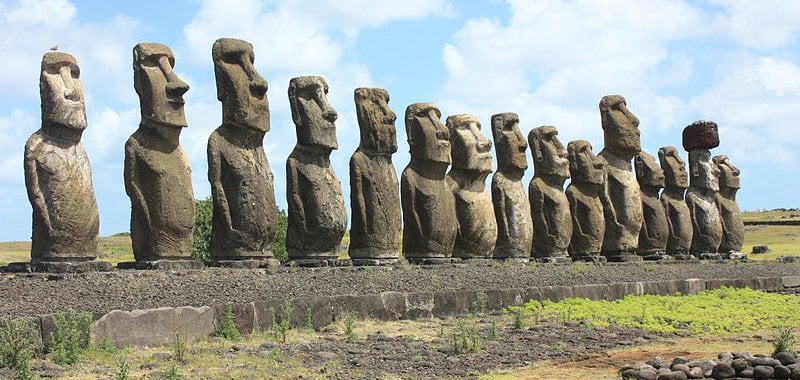
Easter Island is one of the world’s most remote locations, located nearly 2,000 miles from Chilean mainland and best-known for its Moai Statues. These large, stone sculptures were thought to have been created between 1250 and 1500 AD by Polynesian Rapa Nui natives between 1250 to 1500 AD in various areas around Easter Island; between 5 to 9 meters (16-29 feet tall and 5-25 tons in weight; there are currently around 900 Moai statues scattered across Easter Island with around 500 being in Rano Raraku quarries where they originated from.
Willem Schouten arrived on Easter Island as the Dutch explorer in 1616. At that point, Rapa Nui people had already settled the island as early as 400 AD; according to research conducted between 1250 and 1500 AD they are thought to have created Moai Statues as part of ritualistic practices with many figures facing out towards the ocean.
7. Terracotta Army, China
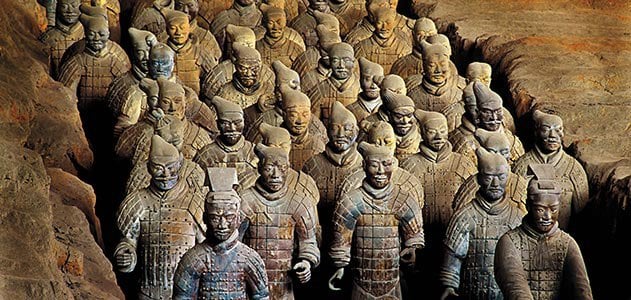
The Terracotta Army is an ancient group of life-sized terracotta sculptures created in 246-208 BC as burial statues for Emperor Qin Shi Huang, the first Emperor of China. Created between this time frame, they were eventually discovered in 1974 by a group of farmers digging near his mausoleum outside.
Clay warriors in the Terracotta Army include infantry, cavalry, crossbowmen, and charioteers modeled after real soldiers who served in the Emperor’s army. Construction started in 246 BC and was finished just before emperor’s death in 209 BC.
8. Statue Of Unity
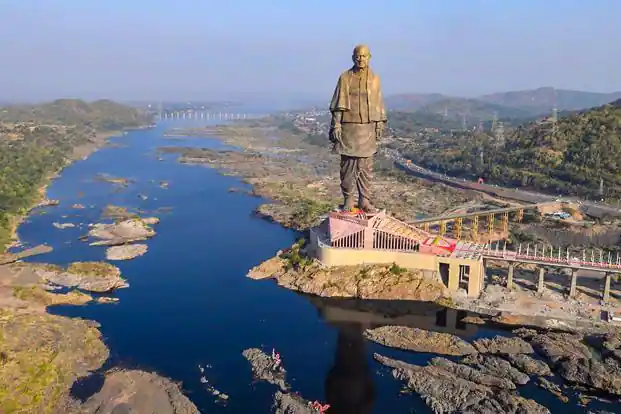
The Statue of Unity stands as one of the world’s most impressive monuments, located in India and measuring 182 metres in height. Constructed to honor India’s first Deputy Prime Minister Sardar Vallabhbhai Patel over four years until completed in 2018, its unique design draws from ancient Indian architecture.
This magnificent statue stands on Sadhu Island along the Narmada River, and comprises over 18,500 individual pieces. As one of India’s top tourist attractions and an iconic symbol for modern India’s unity and strength, its presence deserves consideration amongst some of the greatest statues ever constructed.
9. Great Sphinx Of Giza, Egypt
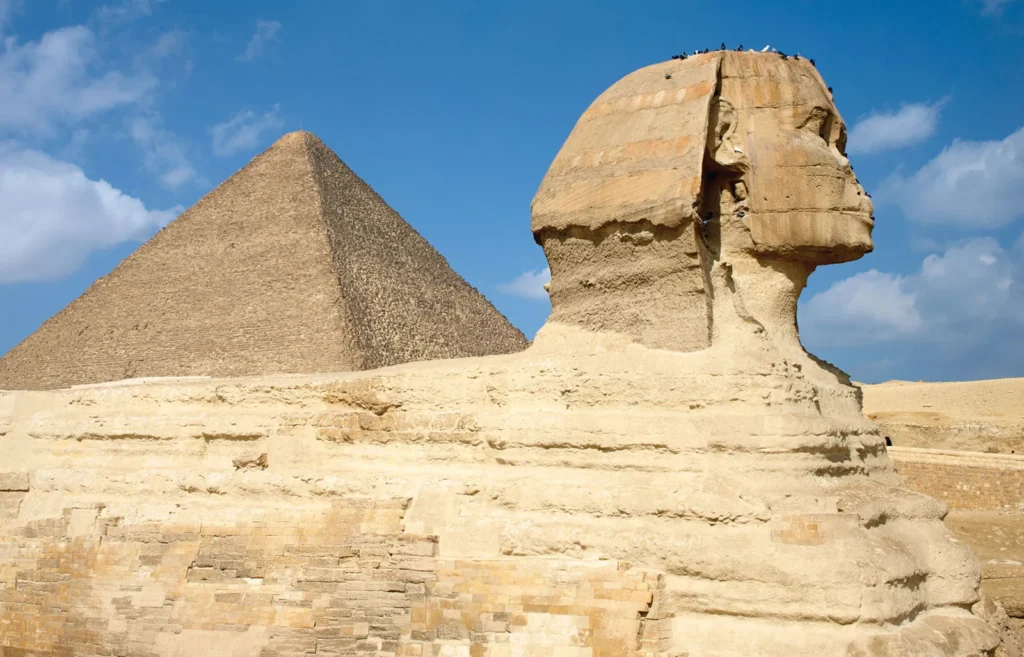
The Great Sphinx of Giza is an iconic statue located near the pyramids of Giza. Believed to be built circa 2550 BC as a tribute to Egyptian Pharaoh Khafra, its design dates back 66 meters long by 20 meters tall – making it the world’s largest statue with one block of limestone construction forming one single monolith sculpture – it stands proud as one of the world’s best-known statues.
The Great Sphinx statue is an archaeological site of significant archeological interest, representing an intriguing blend of Egyptian, Greek, and Roman cultures in its design. One of Egypt’s most iconic symbols, and one that should not be missed when visiting this country – visitors must visit here as it stands as one of its largest and oldest statues! It should definitely not be missed during their travels!
10. Motherland Calls, Volgograd
The Motherland Calls statue stands in Volgograd, Russia to pay its respects to Soviet soldiers who lost their lives during the Battle of Stalingrad. Constructed as part of Victory Against Fascism Month and to remember those lost at war – such as millions of citizens killed during this fight – The Motherland Calls stands 85 meters and is one of Russia’s tallest statues, as well as one of its most revered.
At Stalingrad, you can get an understanding of its significance, witness the incredible ingenuity of Soviet soldiers and gain an appreciation of how their victories in battle defied overwhelming odds. It is one of Russia’s most historic landmarks and should be visited during any trip there.
Conclusion
Statues are breathtaking works of art that tell a narrative and commemorate important people, places, or events from history. Some of the world’s best-known statues include Liberty or Sphinx of Giza. There are also many others worth seeing that represent culture, heritage and values of their host countries.

